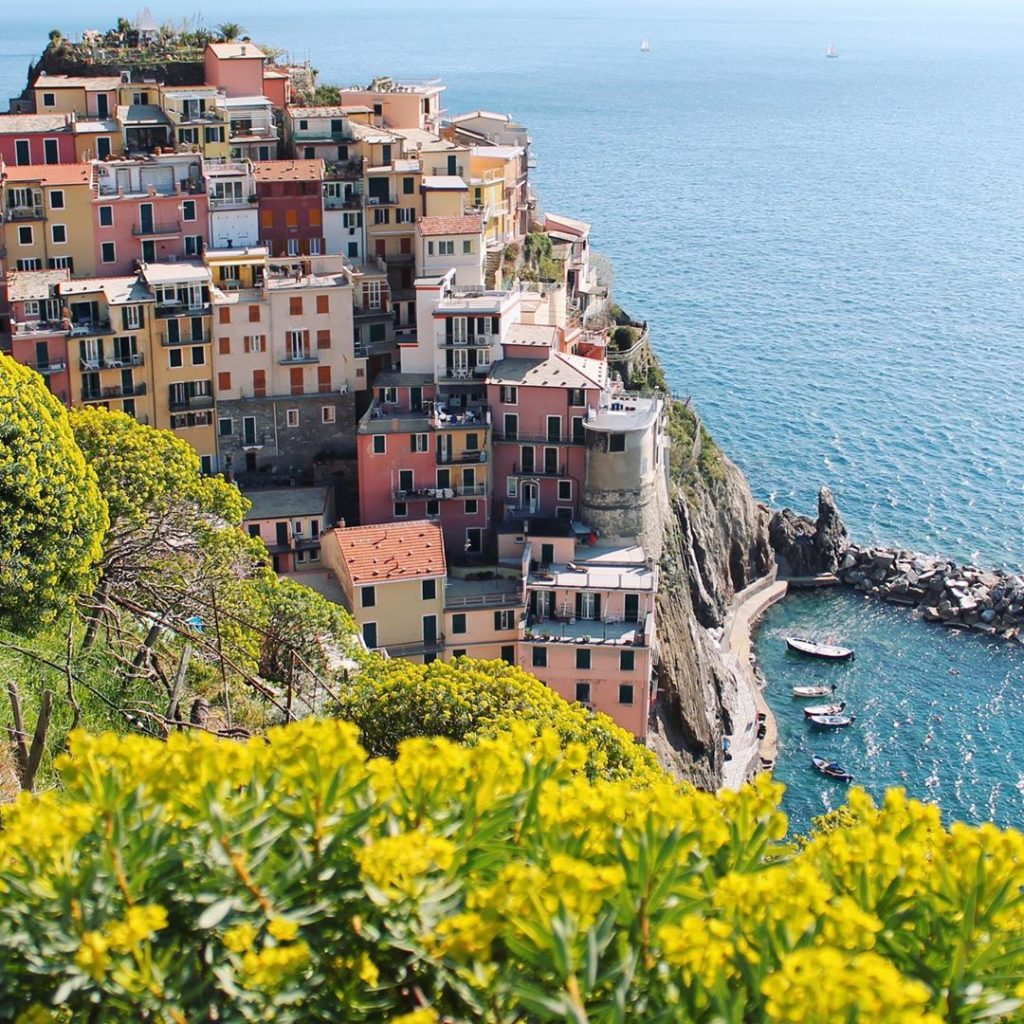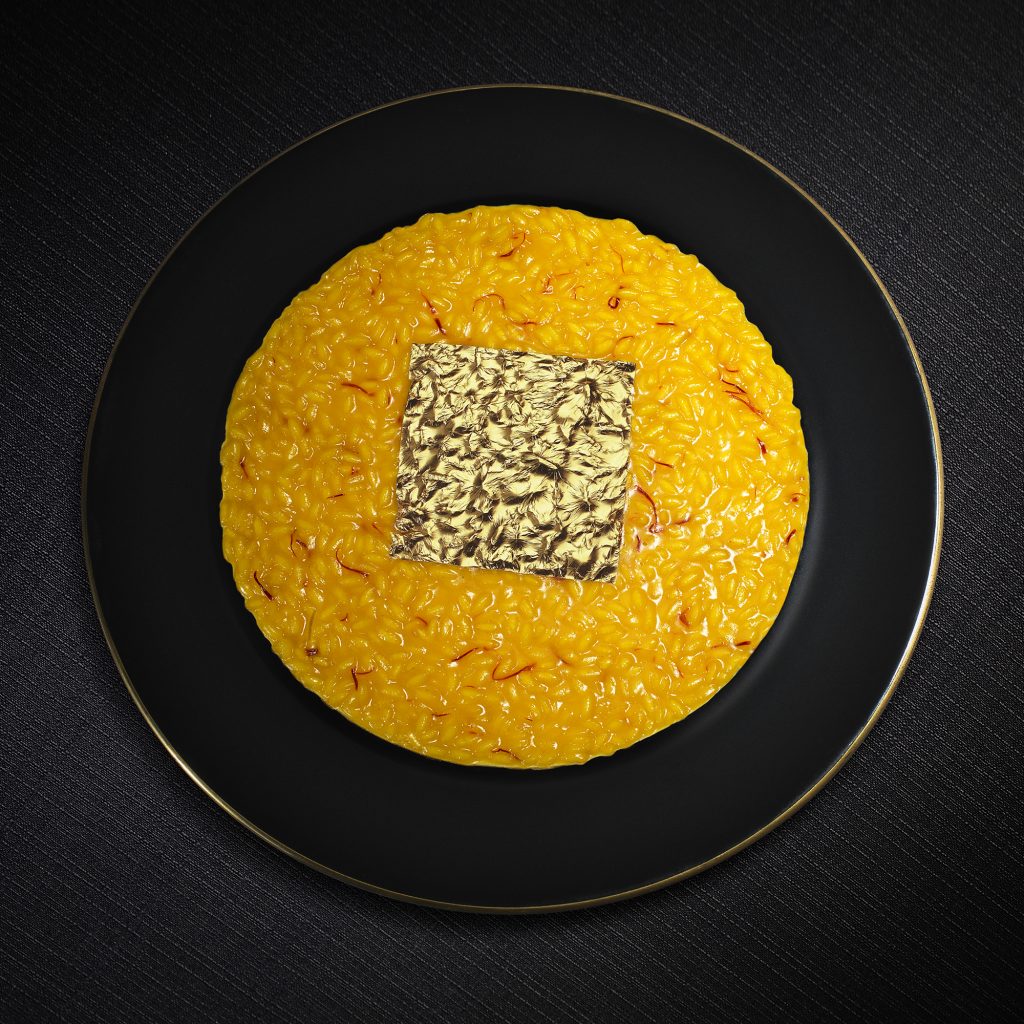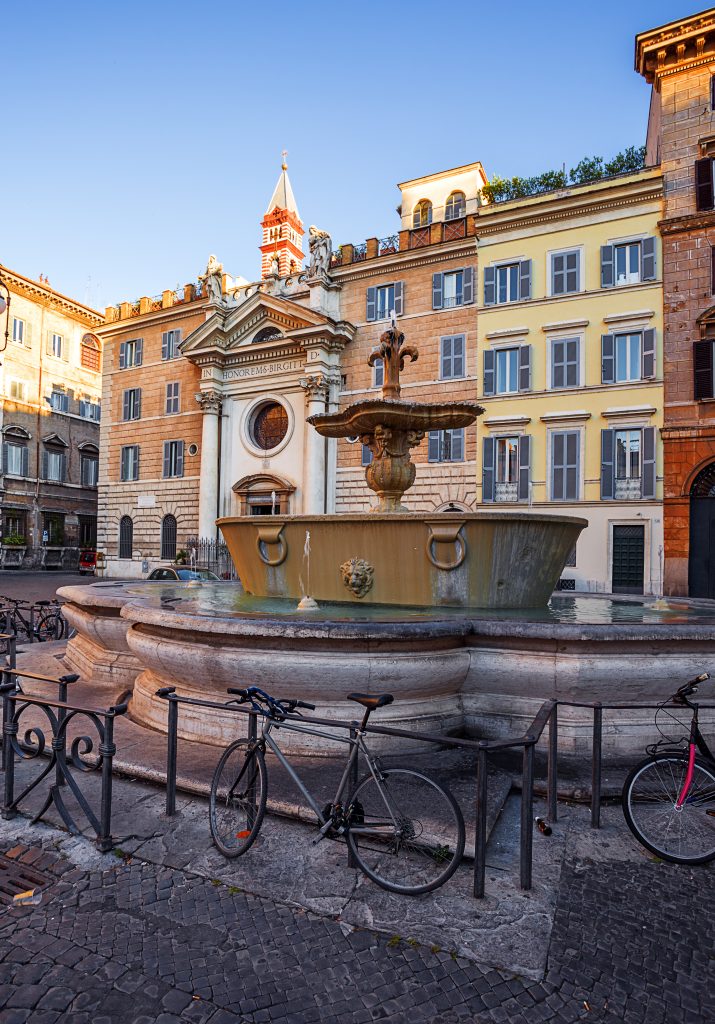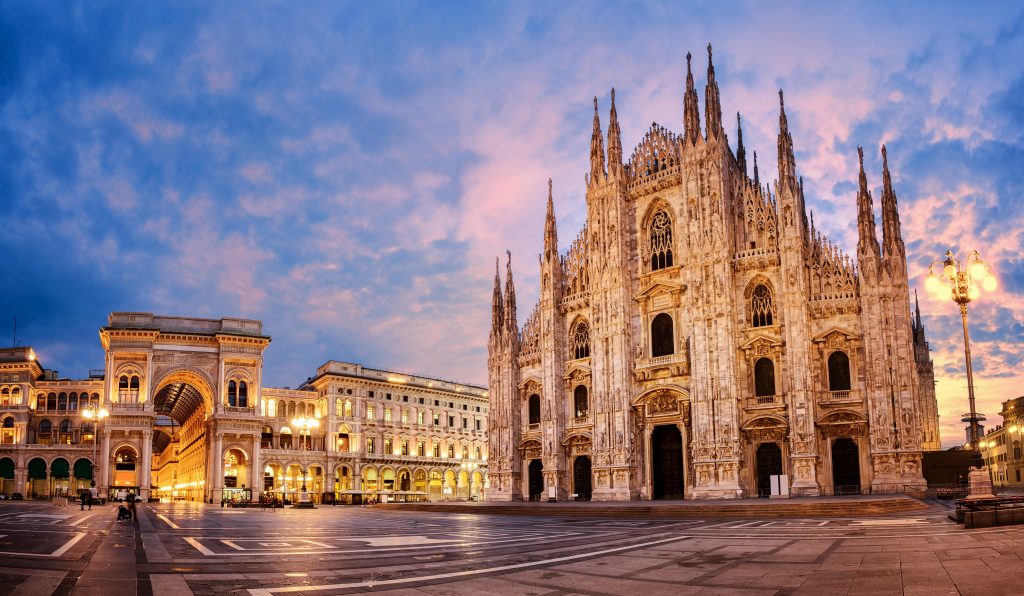All of Italy

Name of natural place/environment/element: e.g. Cinque Terre
What makes it so special in this region? e.g.
The eastern Ligurian Riviera of the Cinque Terre is a cultural landscape of exceptional value that represents the harmonious interaction established between man and nature to create a landscape of exceptional quality.
When is the best time to visit/enjoy? e.g.
Thanks to the geographical and anthropic characteristics of the territory where they arise, the Cinque Terre are considered to be one of the most evocative Italian coastal attractions. They are composed of naturally rough and rugged hilly orographic context, softened by the construction of terraces, or bands for cultivation which falls towards the sea with steep slopes. In the points where the sea insinuates itself into the land, the villages rise, articulated to follow the natural shape of the hills, leaving those who visit with breathtaking and picturesque perspectives, sunsets, colors, and memories.
In many years of work accompanying friends from all over the world, I have noticed that sunset is the most evocative moment, especially in those clear summer evenings where you can recognize all the places along the coast up to Genoa.
Do you have any particular or special related memories? e.g.
I remember perfectly a few years ago, when an American friend going up the road that leads to the heights of Monterosso was determined to find the perfect spot to stop and appreciate the sunlight that was going to disappear on the sea. Such a beautiful and emotional moment of tranquility ~ the perfect finale after a day of walking the paths and taking in the views from village to village.
What role does nature play in the culture and economy of the region? e.g.
In addition to the beauty of the historic centers, Vernazza, Monterosso, Corniglia, Manarola and Riomaggiore, which can be visited in the summer also with a public and private boat service, I recommend trying the experience of the numerous excursions available in the hills to appreciate and visit the whole territory, through paths of different types. For centuries, the paths of the Cinque Terre have been the only link between one village and another and between them and the hinterland.

Luxury DMC Access Italy gives us a taste of the golden glory that is Milan’s signature dish: risotto with saffron.
What is the origin of this recipe?
The emblematic recipe of Milan, Risotto alla Milanese, has a very long history. The origins of this Lombard staple come from the Middle Ages when rice and saffron, typically used in Arabic and Kosher cuisine, were brought to Milan by merchants. In the 1300s rice was considered as a spice but starting in the 1400s the Lombardy countryside embraced rice cultivation thanks to its water-rich land.
Legend says that Risotto alla Milanese was born from the minds of two glaziers while working on the windows of Milan’s Duomo: Mastro Valerio di Fiandra and his assistant, called Zafferano. Curiously, the assistant’s nickname takes its origin from his tendency to mix saffron with the glazing colors to make them more brilliant and golden. Zafferano proposed a new recipe to Valerio for his daughter’s wedding menu: mix the colorful spice with rice and butter. It was a simple recipe but created a powerful and distinct flavor that surprised all guests at first taste.
Was this the beginning of its popularity?
Despite its popular culinary debut, saffron continued to be used in paintings and was mostly renowned for its medicinal properties. It wasn’t until the 20th century that rice and saffron took the culinary stage again. In 1977, Chef Gualtiero Marchesi created the first Risotto alla Milanese with Gold Leaf and shared with the world. Thanks to his special recipe, he received three Michelin stars, making him the first Italian chef with this recognition.
Where can visitors get a genuine taste of this dish?
Today, it is possible to taste this traditional dish at the restaurant of the Grand Hotel Tremezzo, on Lake Como. For those who are in Milan, “El Garghet” or “Il Salumaio” are two excellent alternatives.
For more information about Acess Italy, click here.

Luxury DMC Access Italy gives us a little local history and invites us through the legendary doors of Pierluigi, a premier restaurant near Piazza Farnese.
Piazza Farnese doesn’t make many must see lists, why shouldn’t it be missed?
Piazza Farnese is one of the most elegant and enchanting squares from the Renaissance period. It lies just beyond the colorful and lively open-air Campo de’ Fiori fruit market, where the sudden change of atmosphere offers a majestic and austere palazzo in a quiet and imposing plaza. Palazzo Farnese was once considered one of the four wonders of Rome alongside the Colosseum, the Pantheon and Castel Sant’Angelo, as the beauty of the palazzo is in part thanks to the great Renaissance master Michelangelo, who designed the architectural project. The vast and open square is decorated with two magnificent basins made of Egyptian granite, a beautiful memory of ancient Imperial Rome.
A few steps away from Piazza Farnese lies another secret treasure, off the beaten track: Piazza de’ Ricci, which holds Pierluigi, one of the most exclusive restaurants in Rome.
What makes it so special?
A pioneer in Roman culinary tradition and a family business since 1938, Pierluigi specializes in fresh fish and seafood. After all, Rome is basically a coastal city, and Romans love fish! The restaurant boasts an excellent wine cellar and American-style cocktail bar. Thanks to its luxurious and intriguing atmosphere, Pierluigi is a must for the local Roman elite and a top-choice restaurant for international and American visitors. If you want to get to know the secrets behind the scenes, enjoy specially customized cooking lessons in a friendly and warm atmosphere.
For more information about Access Italy, click here.

Press Contact:
Simone Amorico
Introducing Access Italy:
“When you choose Access Italy, you choose to experience Italy with the Amoricos.
Our entire extended family of planners and guides, partners and friends become your family. We’ll watch out for you like one of our own, get to know your passions, and introduce you to the people, places and experiences we’ve cultivated, cherished and shared for two generations.”
Simone Amorico